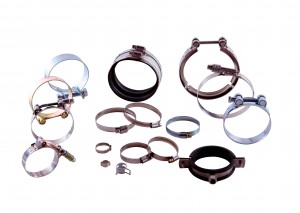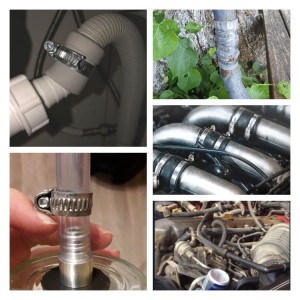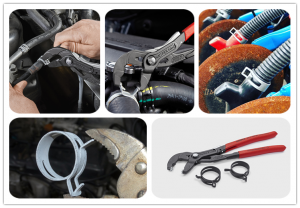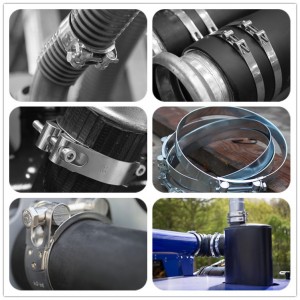A hose clamp is designed to secure a hose over a fitting, by clamping the hose down, it prevents the fluid in the hose leaking at the connection. Popular attachments include anything from car engines to bathroom fittings. However, hose clamps can be used in a variety of different industries in order to secure the transportation of products, liquids, gases and chemicals.
There are four overarching categories of hose clamp; screw/band, spring, wire and ear. Each different hose clamp is used depending on the type of hose in question and the attachment at the end.
How Do Hose Clamps Work?
•A hose clamp is firstly attached to the edge of a hose.
•This edge of the hose is then placed around a chosen object.
•The clamp now needs to be tightened, securing the hose in place and ensuring that nothing from inside the hose can escape.
In general, screw/band hose clamps tend not to be used for ultra high-pressure scenarios, but instead are used frequently in lower-pressure environments, as well as when a quick fix is needed, especially within the home. That said, numerous industries utilise them, including the automotive, agriculture and marine industries.
Caring for your Hose Clamp
§ Don’t over tighten your clamps, as this can cause serious pressure problems later on.
§ As hose clamps come in a range of sizes, make sure your chosen clamps are not too big. Whilst too-large clamps may potentially still do the job just fine, they can be both aesthetically displeasing, as well as pose a safety risk.
§ Finally, quality is key; be sure not to scrimp on your hose clamps and their installation if you want to guarantee durability.
Post time: Jun-10-2021

 Whatsapp:+86 15222867341
Whatsapp:+86 15222867341 
![TS1S`$~2J[5$N]O)7S6LP]6_副本](https://www.theonehoseclamp.com/uploads/TS1S2J5NO7S6LP6_副本-300x300.png)






